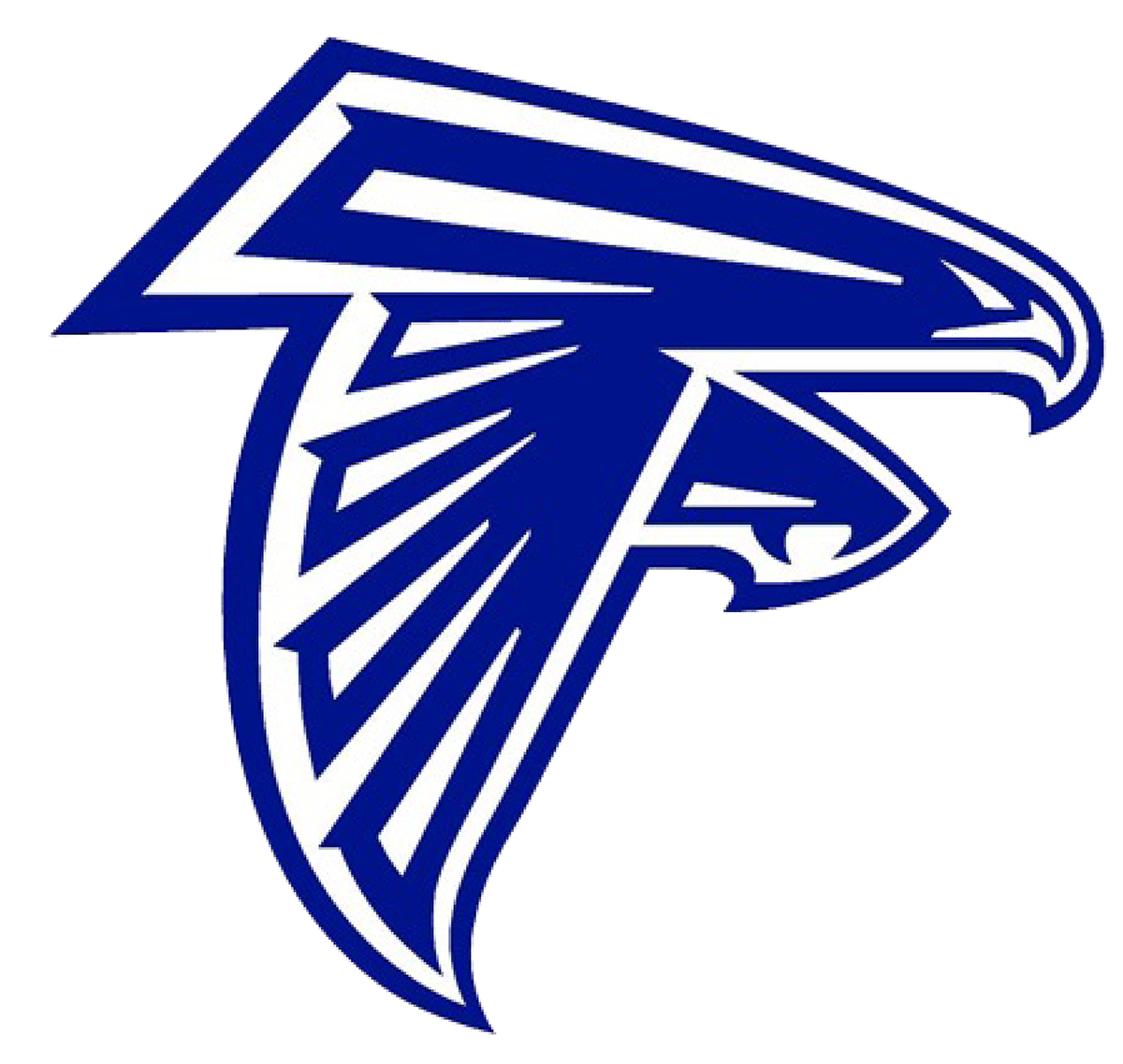Community Spirit–February 2025
Ryan Ruggles, District Administrator
Educational Technology & Digital Wellness: Teaching Balance in a Tech-Heavy World
One of our goals in Tomorrow River Schools has been to address the area of educational technology to make sure that we are not only current in our offerings and instructional technology as we prepare students for the future, but that we have a strong digital plan and a plan for sustaining/maintaining our devices. Educational technology, or EdTech as it is often referred to, has become a cornerstone in today’s schools and classrooms. Everything we do is connected to or supported by technology. It is an area that is constantly changing and this evolving landscape comes with challenges. These challenges can be budget related (especially as we look at return on investment), but also in the form of promoting digital skills and digital wellness with our students.
In Tomorrow River, we have made some great strides in the area of EdTech and we continue to make it a focus for growth and improvement. A major focus and point of conversation for us is how we promote and support digital wellness. Students are spending more time on screens, both for learning and for leisure, which raises concerns about physical and mental health. Educators and families must work together in teaching students how to balance their screen time with offline activities. Encouraging mindful technology use can help students avoid burnout and maintain a healthy relationship with their devices. Technology is not going away and is only becoming more ingrained in our society, so this is a life skill we need to promote and support.
In today’s job market, proficiency in technology is not just an advantage, it is a necessity. Educational technology enables students to develop future-ready skills, such as coding, digital communication, and critical thinking. We are fortunate to have the support of our community with our recent STEAM addition and building updates. These facilities will help give our students important opportunities in a variety of subject areas and job skills. The skills are directly connected to our Portrait of a Learner. Through technology, we aim to foster critical thinking, communication, collaboration, character building, and citizenship.
At the high school level, student technology habits, particularly related to cell phone use, are another important topic. While cell phones can be powerful educational tools, their potential for distraction is clear. We believe in teaching the technology skills that students need to be successful, and this includes how to use cell phones for good, and how to manage personal time. Teaching students appropriate use of technology—such as how to distinguish between productive use and using for fun or leisure—is a skill that will serve them well beyond the classroom, and is an important balance to master.
Our Technology Committee will continue to meet over the course of the year to help determine our technology needs and next steps as a district. By addressing digital wellness head on, fostering responsible technology habits, and preparing students with future-ready skills (our Profile of a Learner), we can create an environment where technology enhances rather than overwhelms. Through thoughtful investments and a commitment to teaching balance and skills, our district can ensure that our students are not only prepared for the future but also equipped to thrive in it.

